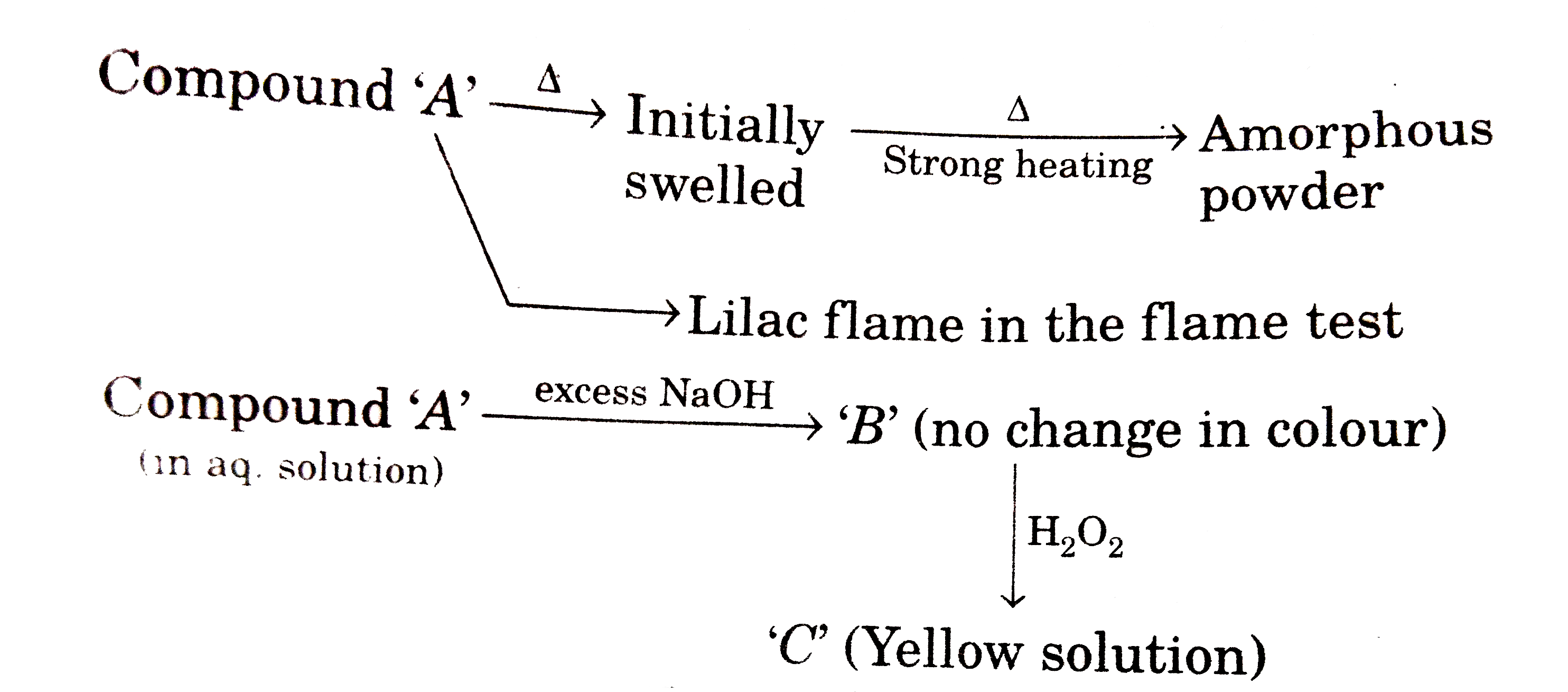Discuss the pattern of variation in the oxidation states of (a) and (b) .
Video Solution
Text Solution
(i) B to TI
The electric configuration of group 13 elements is . Therefore, the most common oxidation state exhibited by them should be +3. However, it is only boron and aluminium which practically show the +3 oxidation state. The remaining elements, i.e., Ga, In, Tl, show both the +1 and +3 oxidation states. On moving down the group, the +1 state bocmes more stable. For example, Tl (+1) is more stable than Tl(+3). This is because of the inert pair effect. The two electrons present in the s-shell are strongly attracted by the nucleus and do not participate in bonding. This inert effect becomes more and more prominent on moving down the group. Hence, Ga (+1) is unstable, In (+1) is fairly stable, and Tl (+1) is very stable.
The stability of the +3 oxidation state decreases on moving down the group.
(ii) C to Pb
The electronic configuration of group 14 elements is . Therefore, the most common oxidation state exhibited by them should be +4. However, the +2 oxidation state becomes more and more common on moving down the group. C and Si mostly show the +4 state. On moving down the group, the higher oxidation state becomes less stable. This is because of the inert pair effect. Thus, although Ge, Sn, and Pb show both the +2 and +4 states, the stability of the lower oxidation state increases and that of the higher oxidation state decreases on moving down the group.
|
Topper's Solved these Questions
Similar Questions
Knowledge Check
The common oxidation states of Ti are
A+2,+3,+4B+2,+3C+3,+4D+3,−4The common oxidation states of Ti are
A+2, +3B+3, +4C-3, -4D+2, +3, +4Predict the highest and lowest oxidation state of (a) Ti and (b) Tl
Aa[0,+3]b[0,+2]Ba[+3,0]b[+4,0]Ca[+4,0]b[+4,0]Da[+4,+2]b[+3,+1]
Account for the variation of acidic character with increases in the oxidation state of central atom
View SolutionName the following:
(a) A transition metal which does not exhibit variation in oxidation state in its compounds.
(b) A compound where the transition metal is the +7 oxidation state.
(c) A member of the lanthanoid series which is well known to exhibit +4 oxidation state.
(d) Ore used in the preparation of Potassium dichromate.
View SolutionPredict the maximum and minimum oxidation states for (i) Cl (ii) Ti
View Solution
The compound 'B' is having oxidation state of:
View SolutionWhat is the oxidation state of osmium in 7B and 7C, respectively ?

View Solution

